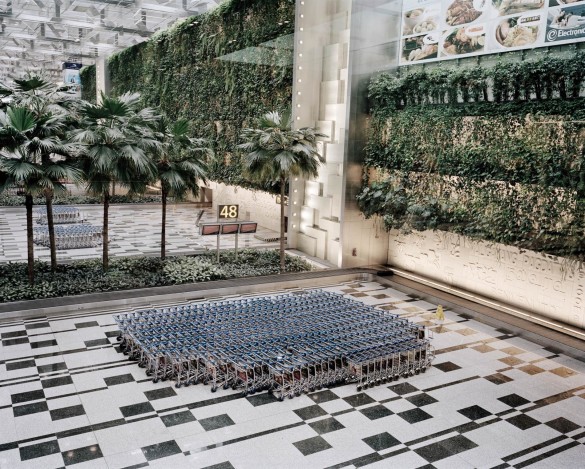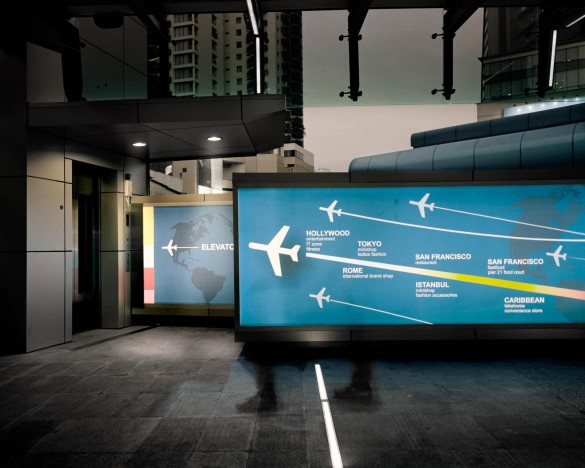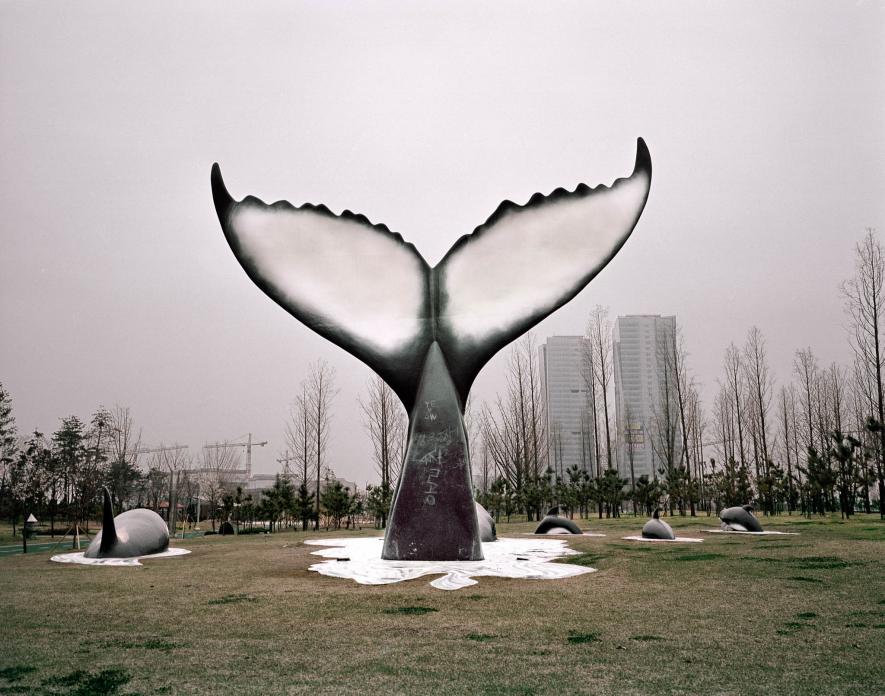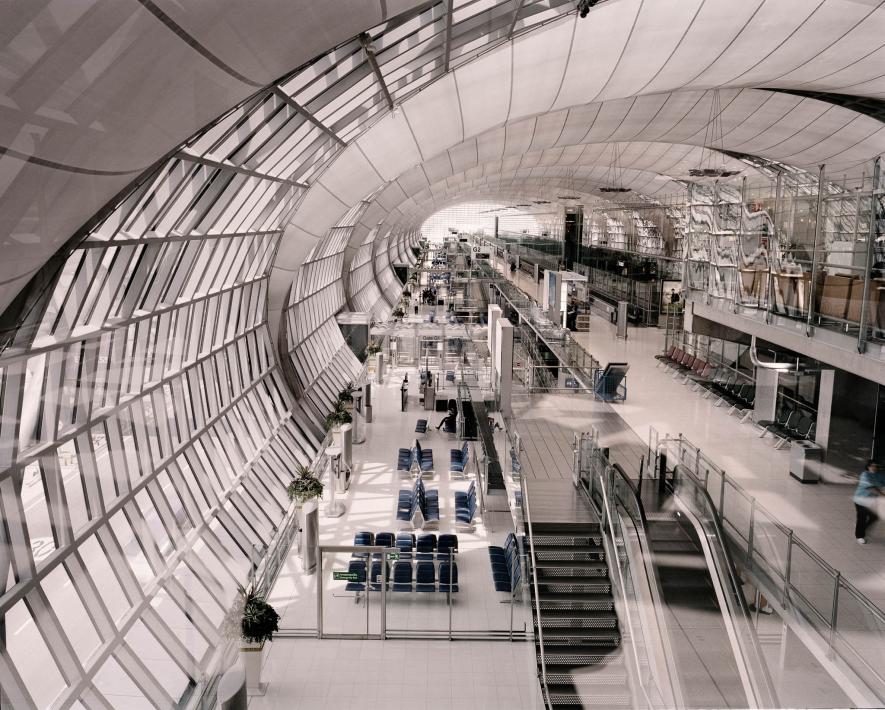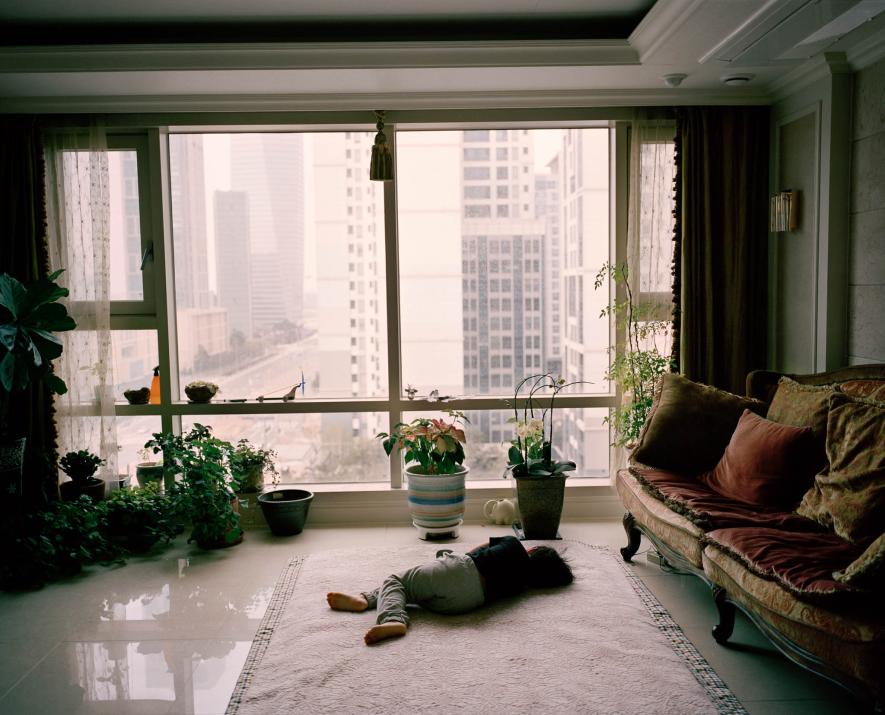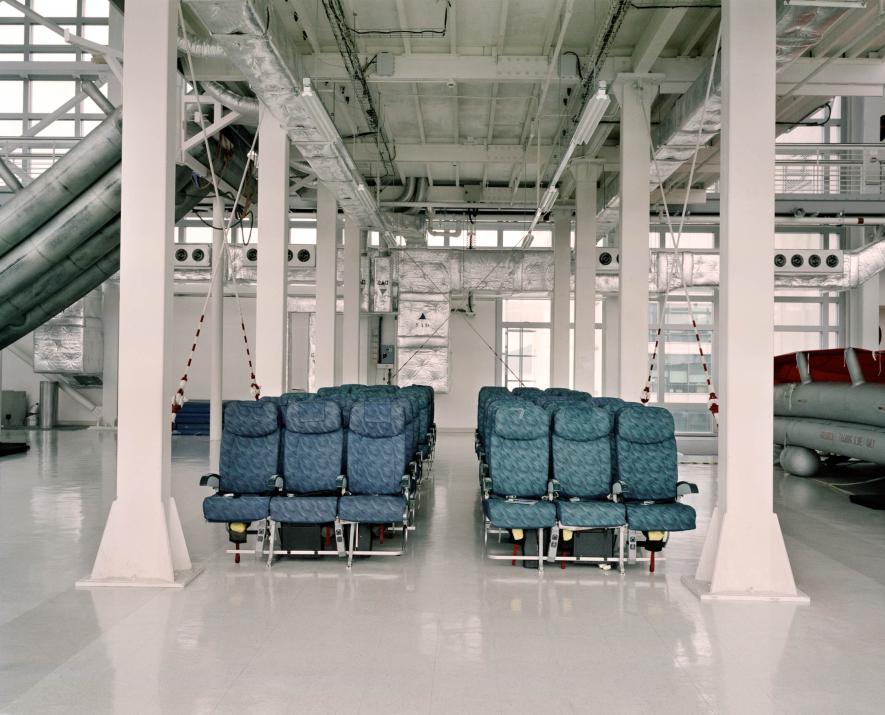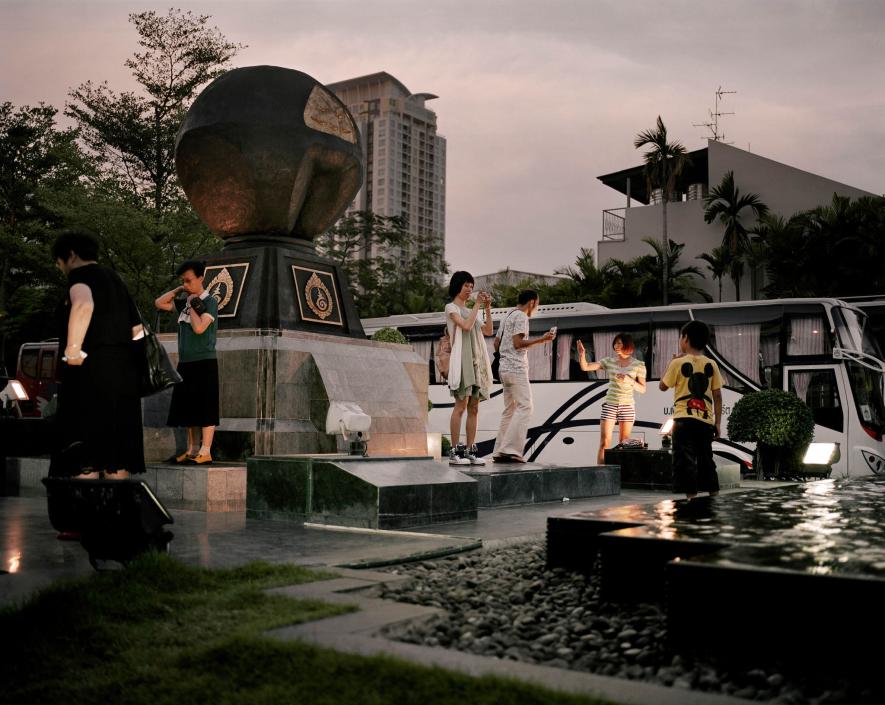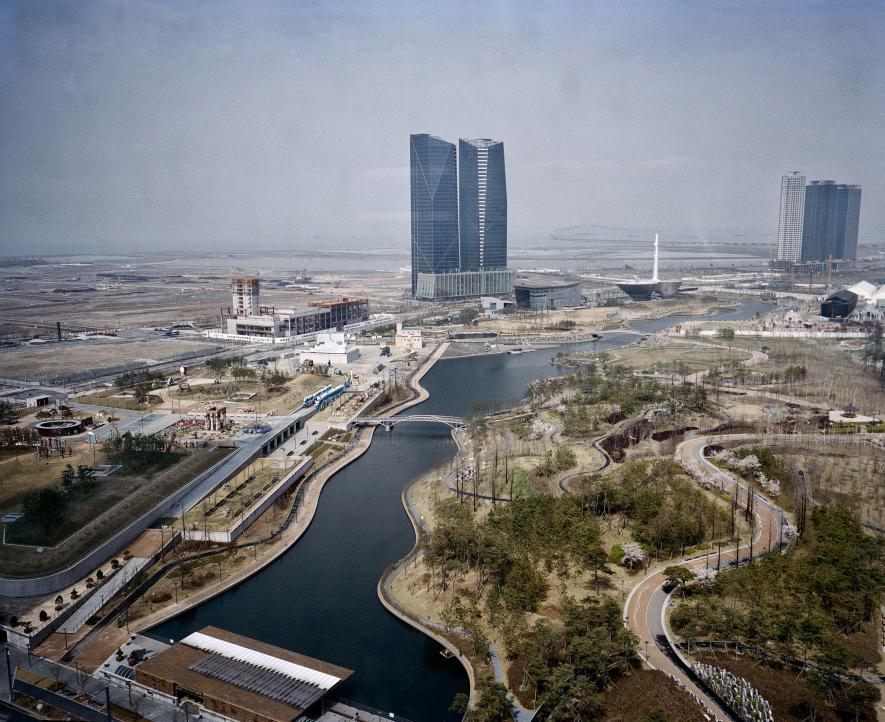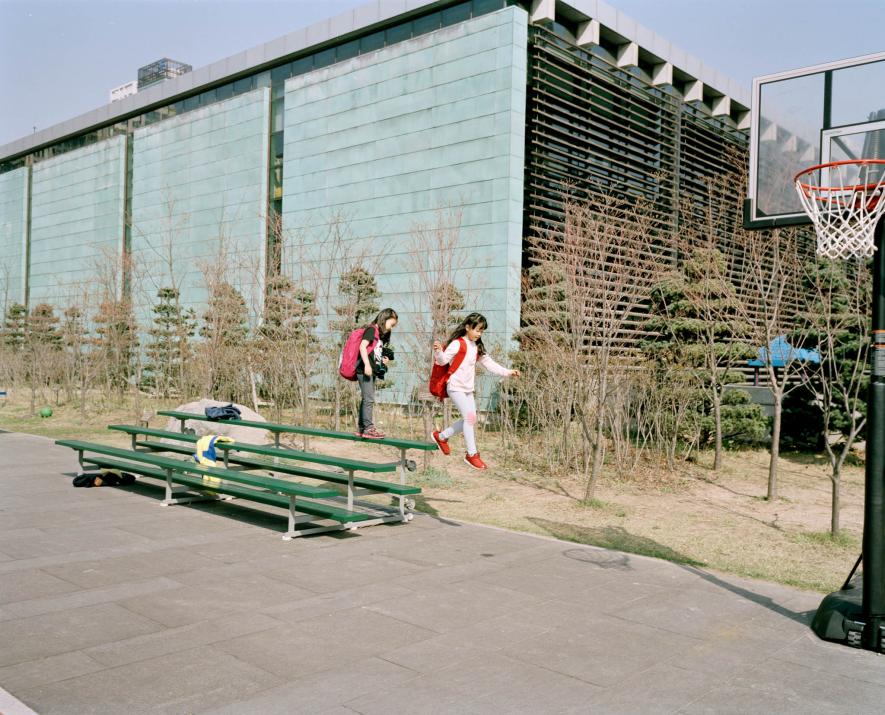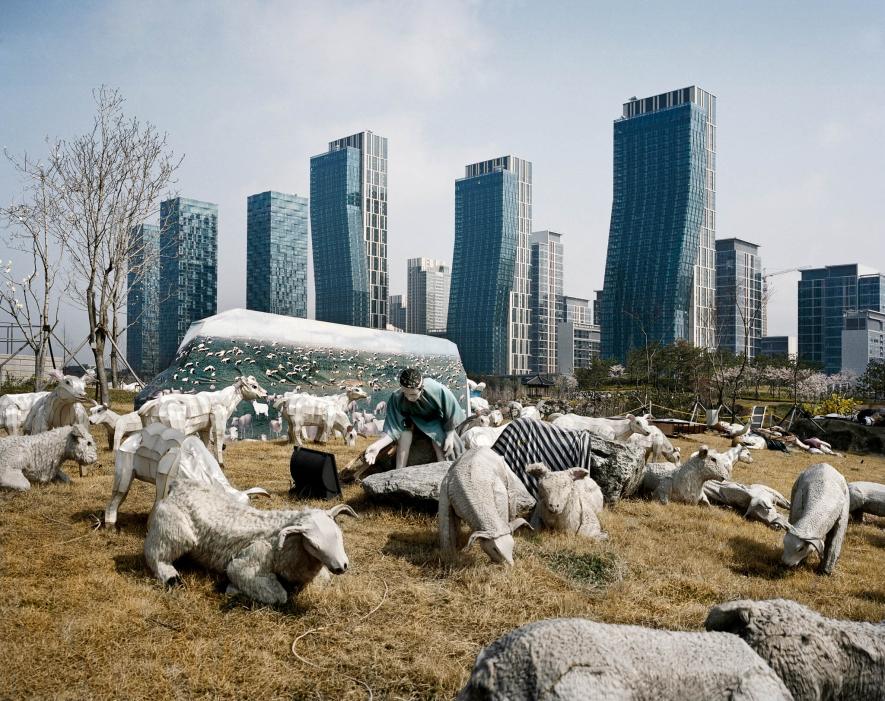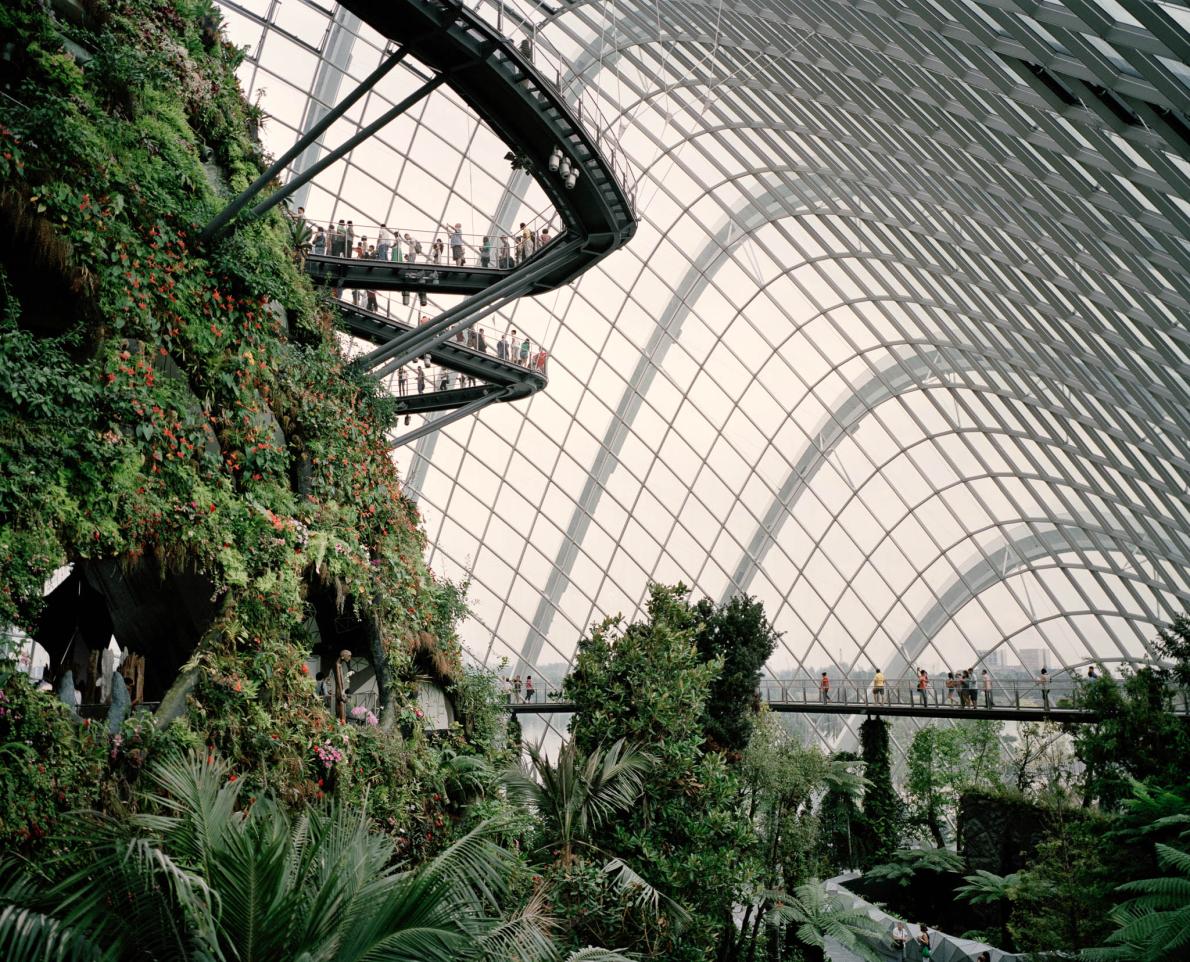
Step Into the Futuristic Cities Designed Around Airports
Source: www.nationalgeographic.com
Photographer Giulio Di Sturco explores the concept of the “aerotropolis” and asks how it will shape our future.
On the photo above: More than 15,000 people are employed by Singapore’s Changi Airport, directly benefitting the economy by more than $4.5 billion annually. Called the Cloud Forest, this conservatory at Gardens by the Bay, about 12 miles from the airport, is among the spaces bringing Singapore’s green vision to life. PHOTOGRAPH BY GIULIO DI STURCO, INSTITUTE
One day, while on a typical portrait shoot in Bangkok, photographer Giulio Di Sturco stumbled across a remarkable idea for his next project. He was photographing John Kasarda, a famous academic and airport business consultant. “In the shoot brief I saw this word, ‘aerotropolis,’ and I had no idea what that word meant,” he says.
While photographing Kasarda, who coined the term “aerotropolis” in 2012, Di Sturco learned about the concept in full detail. “As soon as we started to speak, I asked him about aerotropolis, and he began to describe this new concept of the megalopolis, this new kind of smart city directly connected to the airport. It wasn’t until the end of the conversation that I realized the he was actually the person who invented the word,” he says.
“I felt excited almost like never before—I wasn’t thinking about the portrait anymore; I was imagining already a project about these new cities, this future way to live. How it could effect us, the market, the way of living, the travel etc.”
Di Sturco took his enthusiasm and began to research and seek out different aerotropolises, traveling to South Korea, Singapore, Bangkok, Hong Kong, and Amsterdam. The first city he visited was New Songdo, in South Korea. It was in 2011, right after the city had been built, and he was struck by its emptiness, loneliness, and isolation. But when he visited again two years later, the city had entirely transformed.
“People had started to move [to] the city because the Korean government made a lot of effort to convince people to move [there],” he says. “They now have the best private schools in the country. The connection with the world is fantastic, with bars and restaurants popping up everywhere. The city [has] finally come to life.”
As the world becomes more connected, Di Sturco says that major airports are playing an even larger role in the global economy. “The rapid expansion of airport-linked commercial facilities is making today’s air gateways into anchors of 21st-century metropolitan development, where distant travelers and locals alike can conduct business, exchange knowledge, shop, eat, sleep, and be entertained without going more than 15 minutes from the airport.”
Di Sturco says that he wanted to show the extreme scale of the aerotropolises. “Visually, I’m looking for big, empty spaces, where people get lost in the pictures,” he says. “The project is more about the place than the people, but I am interested in the ways people react and interact with this new kind of city.”
While he says that Kasarda is unrepentantly enthusiastic about the future of aerotropolises, Di Sturco definitely has his own hesitations about the concept.
“For me it is a bit scary, the idea that every city should look the same, that everything is controlled by the city authority, that everything and everyone is being watched,” he says. “But at the same time our society is going in that direction, and the idea to have a city were everybody is a traveler and can share his or her experiences is fascinating.”
Di Sturco says that he hopes people will see the ways that society will evolve around these international gateways in the future.
“I want to show people how we will live life 20 to 30 years from now, how we will live in these new cities, and how alienating life could become. Technological progress and convenience comes at a price. I want to communicate the feeling of loneliness and isolation I had when I was shooting.
“These are the most connected cities you can imagine—you can go everywhere, physically and virtually, everything works, and everything is superfast, but you still get the feeling you are alone.”

